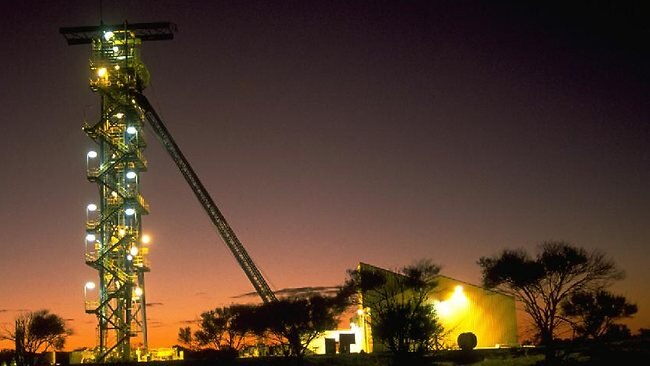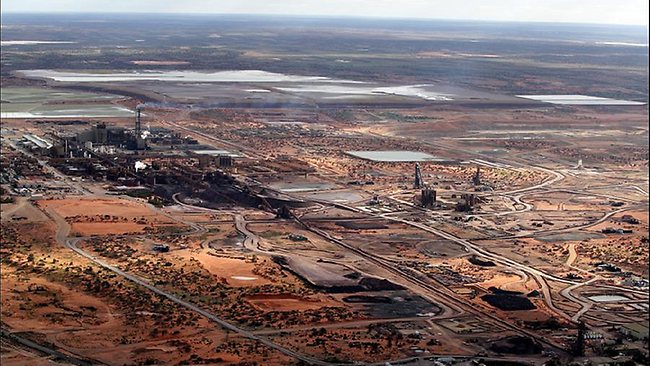BHP wipes $50bn from growth plans
BHP Billiton has wiped more than $50bn of big Australian projects from its near-term growth plans as costs surge and prices tumble.
BHP Billiton has wiped more than $50 billion of big Australian projects from its near-term growth plans and shelved an already-approved Queensland coking coal expansion as costs surge, commodity prices tumble and investors call for more constrained use of the mining giant's cash.
In a long-awaited update of how it would slash previous spending estimates, BHP abandoned previous $30bn plans to dig the world's biggest open-pit mine in South Australia at Olympic Dam and removed a plan to build a $19bn outer harbour iron ore expansion at Port Hedland as its next iron ore growth option.
Instead, the Melbourne-based miner will look at a cheaper option to mine the copper and gold at Olympic Dam -- abandoning a previous target of this year for approval and giving no revised timetable -- and has said iron growth will come from an unspecified amount of "latent capacity" at its mines and existing Port Hedland inner harbour berths.
BHP said an expansion of the Peak Downs coking coalmine in Queensland, part of a $US4.2bn dual approval in November with the Caval Ridge project but had not started construction, would be delayed indefinitely because of high costs and low coal prices.
BHP announced the dramatic growth pullbacks, which will see it approve no major new projects this financial year, as it reported a 21 per cent drop in full-year net profit before one-off items of $US17.1bn ($16.3bn) on the back of lower commodities prices and rising costs.
Including exceptional items -- such as writedowns of its US shale assets ($US1.8bn), Australian nickel ($US355m) and Olympic Dam ($US242m) -- BHP's headline full-year profit fell 35 per cent to $US15.42bn.
Its Australian shares closed down 11c at $33.16 after the announcement, after rising as high as $33.51 just before it was released.
BHP had previously quietly flagged it had no new cash approvals this year, and there were signals from contractors that the Port Hedland and Olympic Dam projects were being put on the backburner. But yesterday's profit report was the first official one from the company, a move that finally put an end to months of uncertainty and speculation.
Chief executive Marius Kloppers said the announcements had been made because of rising development costs in Australia and other booming resources-rich countries.
"Capital expenditure (costs) in Australia on the whole have escalated," Mr Kloppers said.
"What we've put out very strongly today is a commitment to bend the trend."
BHP's 2011-12 net profit before exceptional items was better than market expectations of $US16.87bn, based on the estimates of 25 global analysts. Exceptional items included a $US637m tax credit related to preparations for the minerals resource rent tax.
In cutting back on capital spending, BHP was able to declare a final dividend of US57c, fully franked for Australian-listed shares and up US2c on UBS's expectations.
This brought the total full-year dividend to $US1.12, up from $US1.01 the previous year.
While BHP's net operating cashflow was a hefty $US24.38bn, this was down 19 per cent, or about $US6bn, from a year earlier, illustrating the pressure on its spending plans.
"With 20 major projects currently in execution with a combined budget of $US22.8bn, BHP Billiton is largely committed for the 2013 financial year," BHP said.
"No major project approvals are expected over this timeframe."





